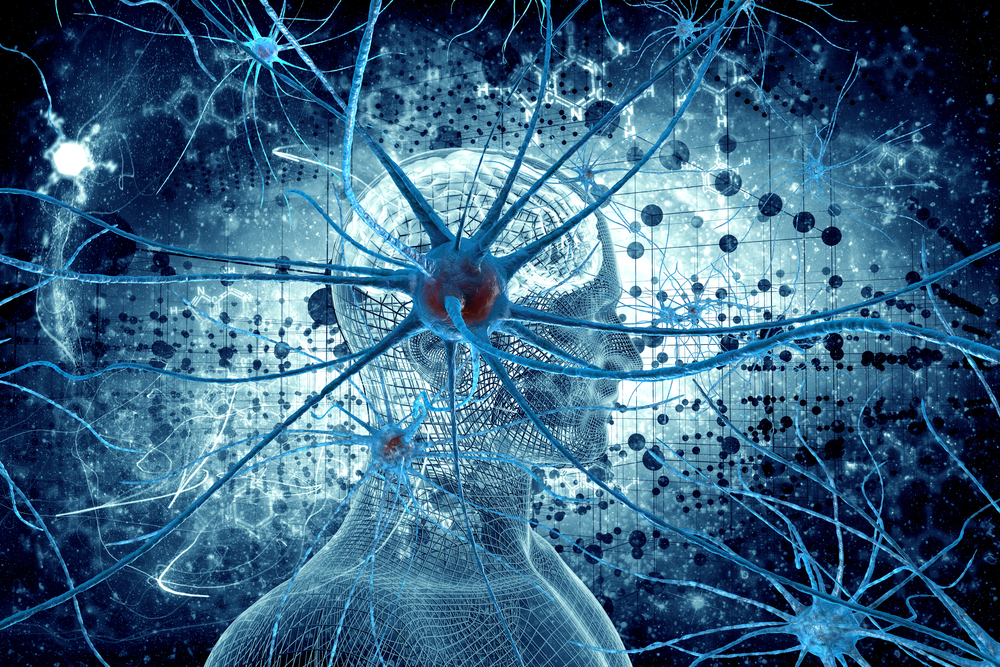New Insights into Parkinson’s Disease and Synaptic Plasticity

Researchers at Università degli Studi di Perugia and Ospedale Santa Maria della Misericordia in Italy recently published an article entitled “The changing tree in Parkinson’s disease” in the journal Nature Neuroscience. This report focused on recent findings, entitled “Dynamic rewiring of neural circuits in the motor cortex in mouse models of Parkinson’s disease”, published in the same journal by researchers at Huazhong University of Science and Technology in China and Stanford University School of Medicine in the United States.
Parkinson’s disease is a progressive neurodegenerative disorder that develops gradually, with patients usually experiencing the first symptoms around the age of 60 or older. As the disease progresses, the symptoms worsen from a barely noticeable tremor in the hands to serious difficulties in speaking, locomotion, coordination and balance. The disease is caused by the loss of the neurotransmitter dopamine due to premature death of dopaminergic neurons in the brain, which play an important role in voluntary movement and behavioral processes (mood, stress, reward, addiction). It is estimated that up to 10 million people worldwide suffer from the disease, and there is currently no cure for Parkinson’s or therapies able to halt or slow disease progression.
Parkinson’s disease patients suffer a decline in the neuronal ability to express synaptic plasticity, which is critical for learning and maintaining new motor skills and conserve memory throughout life. It is however not clear how the dopamine loss in these patients leads to a disruption in motor complex plasticity.
According to the authors, researchers used Parkinson’s disease mice models and a transcranial two-photon laser imaging technique to demonstrate that dopamine loss induces structural changes in the motor cortex.
Researchers analyzed the temporal evolution of neurons in the motor complex of Parkinson’s disease mice models and found a marked increase in both spine elimination and formation. Interestingly, the two main dopamine receptors were found to play different roles, with the D1 receptor regulating spine elimination and the D2 receptor controlling spine formation. These observations led the team to suggest that Parkinson’s disease may lead to an abnormal spine turnover instead of a major change in the absolute spine number of the motor cortex as previously thought.
Apart from the abnormal alterations in structural plasticity, changes in functional dynamics were also found, which ultimately lead to a decreased survival of newly formed spines (linked to both motor learning and memory maintenance) in the motor cortex. Together, the defective changes in functional and structural synaptic plasticity impairs learning mechanisms, motor performance and memory retention.
The authors concluded that this recent study revealed a novel dynamic rewiring of the neuronal circuits in the motor cortex of mice models of Parkinson’s disease, and suggests a disease model where the stabilization of newly formed learning-induced spines is defective, leading to a destabilization of neural motor circuits ultimately resulting in motor learning and memory deficits in mice, similar to what is observed in Parkinson’s patients.
The authors emphasize that Parkinson’s disease is not only linked to dopamine loss, and that a multisystem neurodegeneration actually characterizes the disease where other neurotransmitters are also involved, including serotonin, acetylcholine and noradrenaline which, all together, may influence both structural and functional plasticity.






